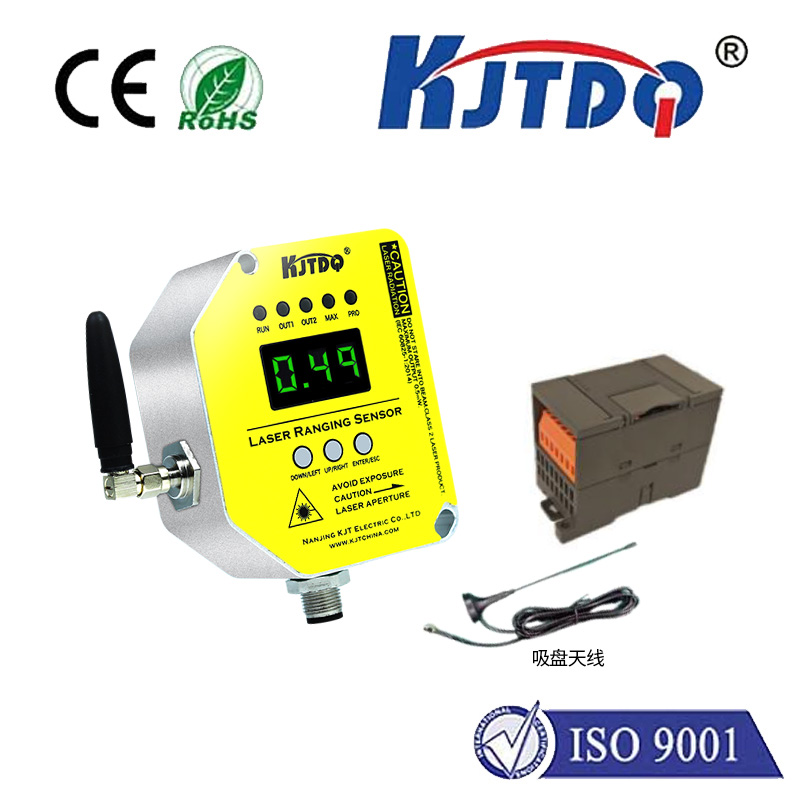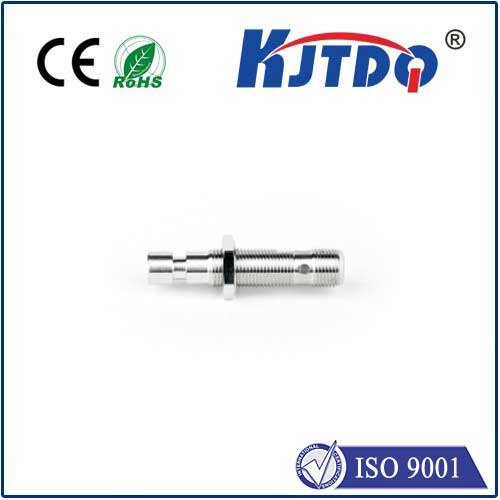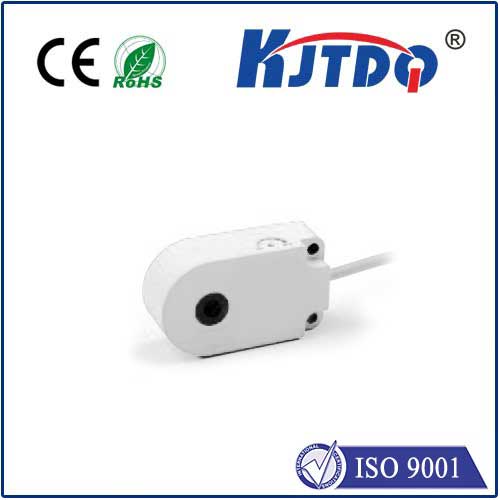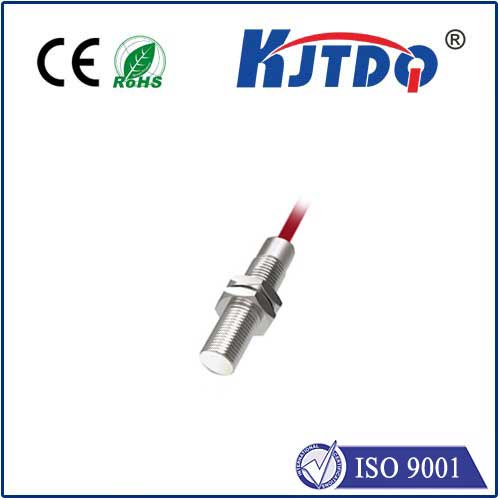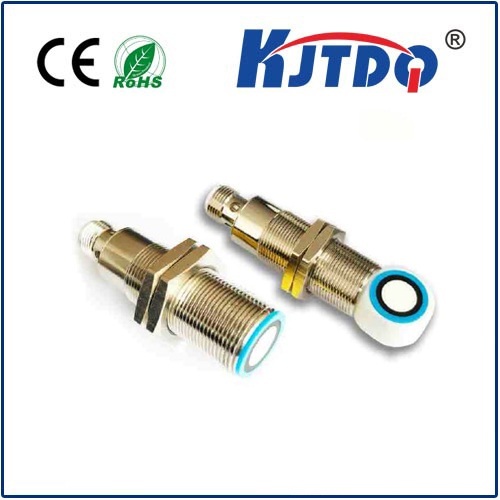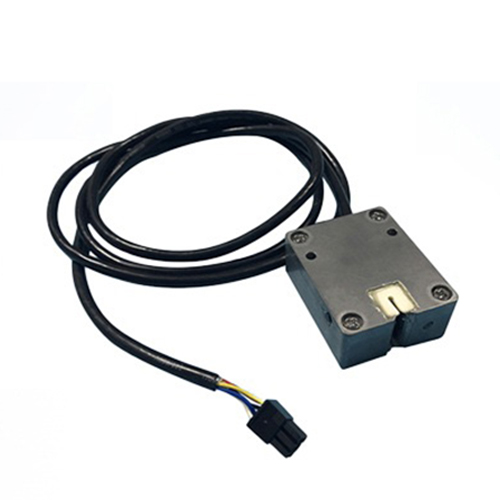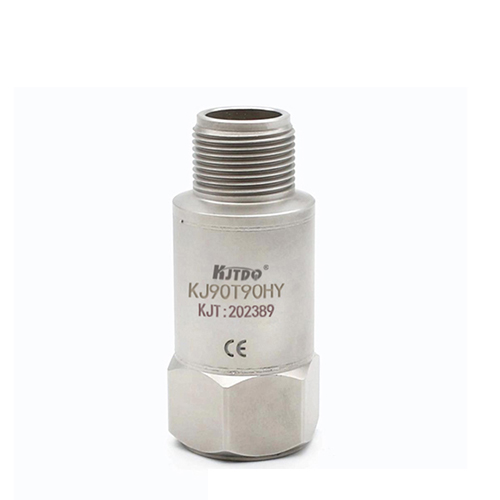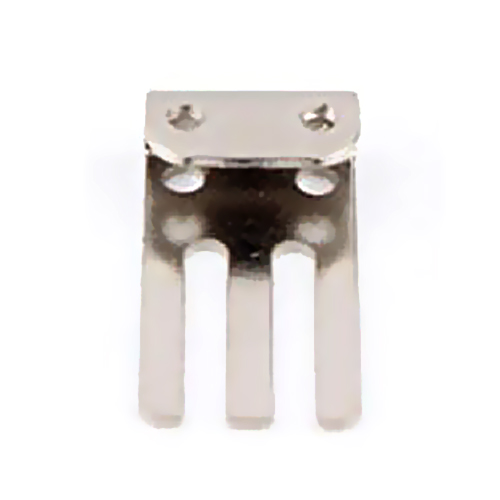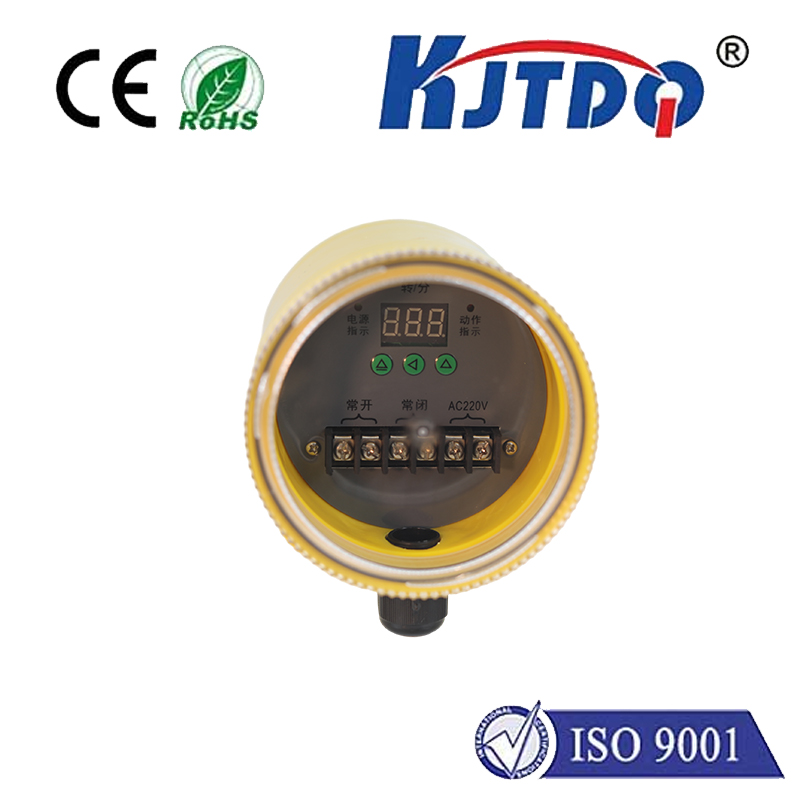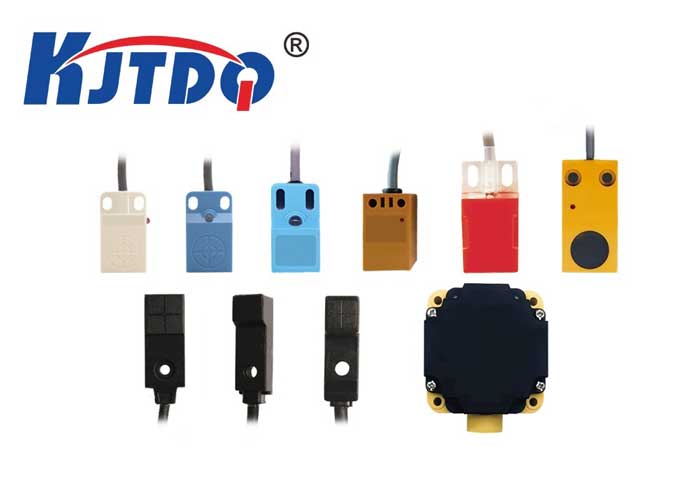

check

check

check

check

check

check

check

check

check

check
Title: The Role of Stepper Limit Switch in Robotics and Automation
Stepper limit switches are essential components in robotics and automation systems. They help in controlling the movement of stepper motors, which are commonly used in industrial robots, CNC machines, and 3D printers. In this article, we will delve into the significance of stepper limit switches and how they contribute to the smooth functioning of these advanced machines.
Introduction to Stepper Motors and Limit Switches
A stepper motor is a type of motor that moves in precise steps or increments. It is called a stepper motor because it can only rotate in one direction, making it ideal for applications that require linear motion without any jerking. Stepper motors are widely used in applications such as robotic arms, 3D printers, and CNC machines.
On the other hand, a limit switch is a mechanical device designed to detect the state of the contact between two moving parts. When the contact is closed, it sends a signal indicating that the machine has reached its destination or that there is an obstacle in the path. Limit switches are commonly used in various types of machinery, including industrial robots and CNC machines.
The Relationship Between Stepper Motors and Limit Switches
The relationship between stepper motors and limit switches is straightforward. The stepper motor receives instructions from a microcontroller or computer to move in a specific direction. The speed and direction of the motor's movement are controlled by the amount and timing of the pulses sent to the motor's power supply.
The limit switch plays a critical role in this process by providing feedback to the microcontroller or computer. When the motor approaches the end of its travel path or reaches an obstacle, the limit switch opens, sending a signal to the controller that the machine has reached its destination or there is an obstacle in the way. This signal allows the controller to adjust the motor's speed and direction accordingly, preventing collisions and ensuring smooth operation.
Functioning of Stepper Limit Switches
Stepper limit switches work on a basic principle known as "contact sensing." When the contacts between the switch and the motor come into contact with each other, either opening or closing, a current flows through the circuit. This current is used to send a signal to the controller or microcontroller, which processes it and sends instructions to the motor to change its direction or speed.
There are two types of stepper limit switches: normally-open (NO) and normally-closed (NC). In a normally-open switch, when the contacts are open, there is no electrical current flowing through them. When they close, it creates a complete circuit, allowing current to flow through them. On the other hand, in a normally-closed switch, when the contacts are open, there is a continuous flow of current through them. However, when they close, it creates a short circuit, cutting off the current.
Benefits of Using Stepper Limit Switches
Using stepper limit switches in robotics and automation systems offers several benefits, including:
1. Accurate Motion Control: Stepper motors can achieve high precision movements due to their ability to rotate in small increments. Limit switches allow for precise control over the motor's motion, ensuring that it reaches its destination accurately every time.
2. Robustness: Stepper motors are robust and can handle heavy loads and harsh environments without breaking down. Limit switches also provide reliable feedback, preventing damage to the machine caused by accidental collisions or obstacles.
3. Easy Maintenance: Since stepper motors do not have complex moving parts, they are relatively easy to maintain compared to other types of motors. Limit switches are also simple devices that do not require frequent replacement.
Conclusion
In conclusion, stepper limit switches play a crucial role in ensuring accurate and efficient operation of stepper motors in robotics and automation systems. Their reliable feedback mechanism helps prevent accidents and ensures smooth movement, making them an essential component for advanced machines operating in various industries.
